LG Steam Washer on the 2nd Floor
sds333
16 years ago
Related Stories
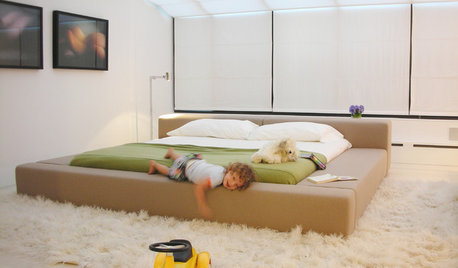
HOUSEKEEPINGEasy Green: Steam Cleaners for a Chemical-Free Sparkle
Deep clean and sanitize by harnessing high-temperature water for floors, curtains and clothes as immaculate as they are healthy
Full Story
DECORATING GUIDES25 Design Trends Coming to Homes Near You in 2016
From black stainless steel appliances to outdoor fabrics used indoors, these design ideas will be gaining steam in the new year
Full Story
REMODELING GUIDESContractor Tips: Advice for Laundry Room Design
Thinking ahead when installing or moving a washer and dryer can prevent frustration and damage down the road
Full Story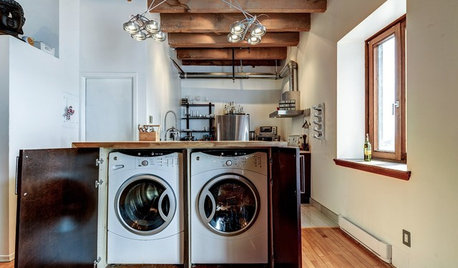
LAUNDRY ROOMSA Kitchen Laundry Cabinet Full of Surprises
A little DIY spirit allowed this homeowner to add a washer, dryer, kitchen countertop and dining table all in one
Full Story
REMODELING GUIDESWhen to Use Engineered Wood Floors
See why an engineered wood floor could be your best choice (and no one will know but you)
Full Story
PETSA Romp Through Pet-Friendly Materials
Deceptively durable, these stylish flooring materials and fabrics let you give Fluffy the run of the house
Full Story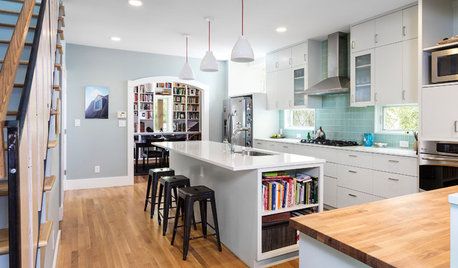
MOST POPULAR6 Kitchen Flooring Materials to Boost Your Cooking Comfort
Give your joints a break while you're standing at the stove, with these resilient and beautiful materials for kitchen floors
Full Story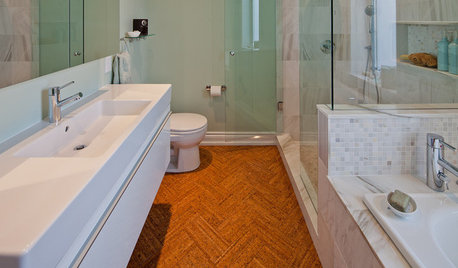
FLOORSWill Cork Float for Your Bathroom Floor?
Get the facts on advantages, disadvantages, costs and installation to see if a cork bathroom floor is right for you
Full Story
MATERIALSWhat to Ask Before Choosing a Hardwood Floor
We give you the details on cost, installation, wood varieties and more to help you pick the right hardwood flooring
Full Story
HOUSEKEEPINGOut, Darn Spot! Tips for Removing Carpet Stains
Know the right solutions and when to use them to prevent stains from pets, soda, chocolate, blood and more
Full StoryMore Discussions






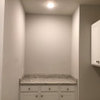

fahrenheit_451
sds333Original Author
Related Professionals
Palm Harbor Kitchen & Bathroom Designers · South Sioux City Kitchen & Bathroom Designers · Country Club Cabinets & Cabinetry · Watauga Cabinets & Cabinetry · Seal Beach Custom Closet Designers · La Jolla Custom Closet Designers · American Canyon Flooring Contractors · Chandler Flooring Contractors · Cincinnati Flooring Contractors · Costa Mesa Flooring Contractors · Downey Flooring Contractors · Harrisburg Flooring Contractors · Saint Louis Park Flooring Contractors · Silver Spring Flooring Contractors · St. Louis Flooring Contractorsfahrenheit_451
LZMD